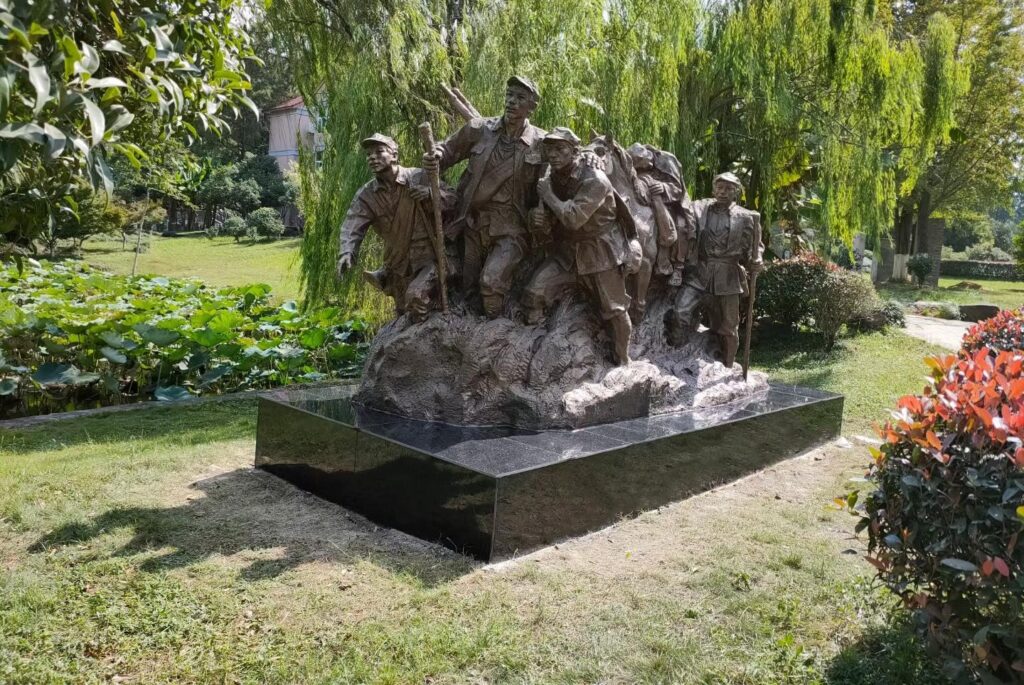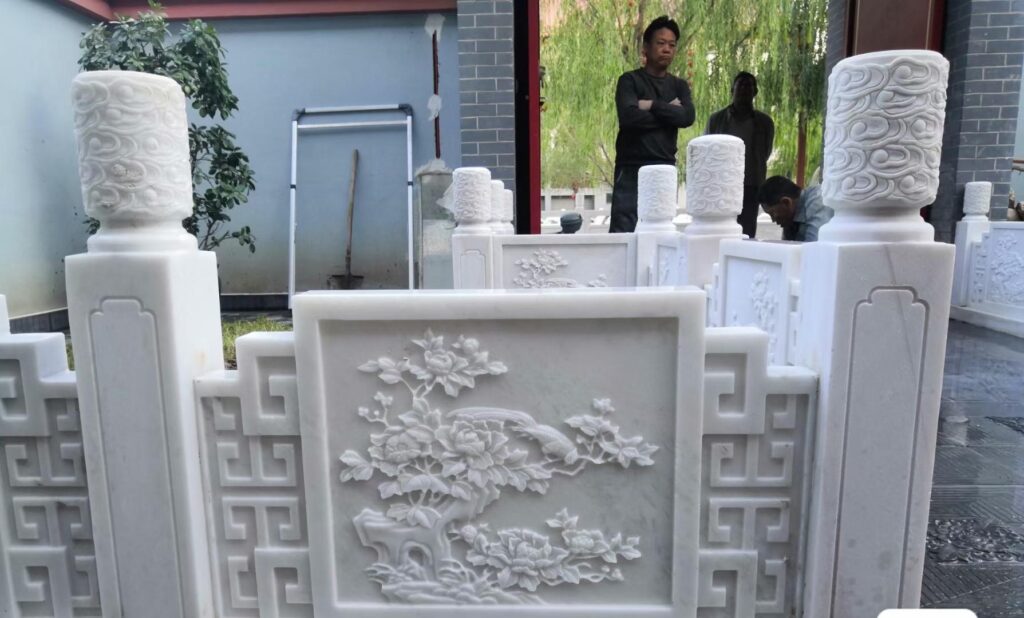What Are The 7 Types Of Sculpture?
A sculpture is a three-dimensional expression of the artist’s imagination. It is an ever-evolving and changing art form that adapts to the needs of the present day. The sculpture services has evolved beyond carved objects and statues in the contemporary world. Various media can be used to create sculptures, including rocks, wood, metals, paper, fabrics, rubber, and plaster. Whatever the size or complexity, these three-dimensional structures provide a bridge between the past and present. Sculpture can be classified into several types based on its techniques, the media, and the available forms. This article will explore various types of sculptures, from traditional to modern.
Types of Sculpture
1.Relief Sculpture
As ancient as 25,000 years ago, reliefs were found in the caves of eastern Europe and other parts of the world.
A relief sculpture differs in depth according to its depth. It is possible to etch reliefs into stone, wood, or other materials in the same way as most historical three-dimensional works.
a. High Relief

A high relief sculpture provides us primarily with three-dimensional content. In these works, the carvings and chisels are very deep and often dominate, with more than half of the work being ‘in the round.’
It was common for ancient cultures to use high-relief works, which adorned many temples and other prestigious structures in ancient cultures.
b. Low Relief
Relief sculpture is most commonly done in low relief. Sculpture created in low relief has a very low depth, as its name implies. Any surface can be used for this type of sculpture, and it is much more manageable and less likely to be damaged than high relief. Low relief sculpture has been used in every culture on Earth to capture certain aspects.
c. Bas Relief

d. Sunken Relief
In ancient times, many ancient cultures recorded their history using the sunken relief technique. The background of sunken relief sculptures is usually flat, and the carving indicates linear edges. ‘Sunken’ reliefs are so named because the scene’s figures and background are similar in height. As opposed to low- and high-relief sculptures, these sculptures’ central figures are not protruding from the surface.
e. Counter relief
In contrast to low and high relief sculptures, counter relief sculptures are the exact opposite. In contrast to the outwardly protruding figures and shapes, depth is indicated by carving deeper into the work. Modern abstract sculpture involves this type of sculpting, and ancient artists rarely used it. In counter relief sculpture, a background surface is carved into the central figures rather than chiseled away.
2.Round Sculpture

Three-dimensional works are called sculptures in the round. A sculpture of this type may only be viewable from one or two angles, allowing the observer to appreciate its full grandeur from all angles. It is common for ‘in-the-round’ sculptures to be set against a wall or another background. Others can be free-standing and viewed from all sides. The sculptor must consider the piece’s center of gravity to ensure the sculpture will not tip over. Mass is uniformly distributed throughout these sculptures and is not heavy on top.
3.Carved Sculptures

Artistic expressions carved from stone date back as far as antiquity. The carving was used in ancient cultures to depict animals, natural elements, or religious figures for ritual purposes. Various materials have been used for carving sculptures, such as wood, ivory, and other materials. Creating carvings requires artists to carefully remove certain portions of the material to produce the desired result.
When carving, sharp tools like chisels are often used on hard materials like stone and wood. In carving, the surface of a material is chipped and scraped away in a subtractive process. This process begins with the creation of the sculpture’s outer forms and proceeds to the creation of its inner details.
4.Cast Sculptures

Modern sculpture often uses casting, but ancient art forms also used clay or metals like bronze and casting. Cast materials are covered with molds created by the artists that serve as forms. The ancient Greeks and Romans loved bronze sculptures because it was more durable and lasting than natural stone, which cracked and broke quickly. In centuries past, liquid metal was commonly used in these types of materials, but today plastics, fiberglass, and rubber are also available.
5.Additive Sculpture
We’ve discussed several types of sculpture services, but additive sculpture is vastly different from them. In contrast to subtractive sculpture, additive sculpture involves adding material to work. Sculpture using additive techniques is more common today because artists have a wide range of materials available to them for creating specific forms and structures. Artists can manipulate these materials into their desired shapes because they are usually malleable.
The subtractive sculpture is similar to carved sculpture and round art. Artists use this method to carve their sculptures from a single piece of material. By removing parts or adding definitions to existing shapes, artists often alter them. A subtraction sculpture is usually created with a material that has a shape that matches the desired result. Cast sculptures require the artist to construct a mold, which is then utilized as a form and covered in cast materials.
7.Cast Sculptures
A mold is used to create sculptures in this technique. Using a mould, the artist pours liquids or pliable materials such as metal, wax, rubber, clay, or plaster into it before hardening it. It is possible to reuse the same mould several times to create similar sculptures.
Sculpting uses casting more commonly than ancient techniques involving clay and metals such as bronze. Ancient Greek and Roman civilizations created bronze sculptures as a durable alternative to raw stone, which was prone to fracture and shatter.
Wrap up
All over the world, the sculpture has maintained its popularity as a means of expression. Sculptures services have been used by diverse cultures to convey significance to their leaders or key societal figures.
Stone reliefs carved into the side of mountains vary in size from tiny to large. Throughout history, there have been many types of sculpture. By learning what makes each form of sculpture unique, we can better appreciate the time and effort that goes into creating them.
